Bia : Goddess of Force
Listen
At a glance
| Description | |
|---|---|
| Origin | Greek Mythology |
| Classification | Gods |
| Family Members | Pallas (Father), Styx (Mother), Nike, Kratos, Zelus (Siblings) |
| Region | Greece |
| Associated With | Force, Strength |
Bia
Introduction
In the vast landscape of Greek mythology, Bia (Ancient Greek: Βία) emerges as the embodiment of raw physical force and compulsion. Her very name means “force” or “violence,” directly capturing her divine essence. Unlike the Olympian deities who governed love, wisdom, or strategy, Bia was not concerned with persuasion or diplomacy. Instead, she symbolized the unrelenting might that enforces authority, the power that compels obedience, and the strength that ensures divine order.
Bia’s presence is often quiet yet decisive. She rarely speaks in mythological texts, but her silence is symbolic, reflecting the nature of force itself — direct, undeniable, and unyielding. Together with her siblings Kratos (Strength), Nike (Victory), and Zelus (Zeal), she served Zeus as one of his most loyal companions. Though less celebrated than her sister Nike, whose name adorns a global brand, or Kratos, who inspired a famous video game character, Bia represents an equally essential force: the raw compulsion without which law and order could not stand.
Physical Traits
Unlike gods such as Apollo or Athena, who were described in detail by poets and dramatists, Bia’s physical attributes remain largely symbolic. Ancient texts offer few direct references to her appearance, which highlights her role as an abstract personification rather than a fully anthropomorphic deity.
In artistic interpretations, she is imagined with the stature of a warrior — strong, athletic, and commanding. Her face is often depicted as stern and determined, embodying the inevitability of divine will. Armor or short battle garments may clothe her figure, aligning her with the imagery of combat. Some later depictions suggest she bore wings, signifying her swiftness in carrying out Zeus’s commands.
Most famously, she is shown in association with chains or restraints, especially in reference to her role in binding Prometheus. This imagery reinforces her position as the executor of divine punishment. Her visual identity, therefore, was less about individuality and more about the representation of power itself, a reminder that she was not just a goddess but the living force behind authority.
Family
Bia’s family roots are deeply embedded in the cosmic struggles that shaped Greek mythology. She was born to the Titan Pallas, a figure linked with warcraft, and the Oceanid Styx, the goddess associated with the river that formed the most sacred boundary of the underworld. Her lineage placed her at the crossroads of divine loyalty and cosmic power.
Her siblings were equally significant personifications: Nike represented victory, Kratos embodied brute strength, and Zelus stood for zeal and dedication. United under their mother’s oath of allegiance to Zeus, the four siblings played a decisive role during the Titanomachy — the great war between the Olympians and the Titans.
Styx was the first deity to pledge loyalty to Zeus, and her children became indispensable allies. As a reward for their steadfastness, Zeus granted them honored positions at his side on Mount Olympus. From then on, Bia and her siblings acted as constant companions and enforcers of his will, ensuring that divine justice was not only proclaimed but also executed.
Unlike other deities who were tied to myths of love, marriage, or progeny, Bia remained unmarried and childless. Her mythic identity was defined entirely by service, loyalty, and the abstract power she represented.
Other names
Bia’s name itself — Βία — is her greatest identifier, carrying the meaning of “force” or “might.” Unlike some deities who acquired numerous epithets across regions and myths, Bia was primarily known by this single, powerful name.
In Roman mythology, her closest counterpart was Vis, the Latin word for “force” or “power.” While Vis never developed into a distinct deity with a rich mythological narrative, the Roman translation underscores the universality of the concept that Bia embodied.
Occasionally, in literary and philosophical works, she is referred to descriptively as “Zeus’s Enforcer” or mentioned collectively with her siblings as part of the divine retinue that accompanied the king of the gods. These variations emphasize her role and function rather than individual personality, cementing her as a figure defined by what she represents.
Powers and Abilities
Bia’s powers are direct, formidable, and absolute. She personifies physical strength in its most uncompromising form, the kind that does not negotiate but instead imposes. Her abilities were crucial during the Titanomachy, where she fought on the side of the Olympians, ensuring victory over the older generation of gods.
Her most famous role comes in the myth of Prometheus. When the Titan defied Zeus by stealing fire and gifting it to humanity, punishment had to be swift and unbreakable. It was Bia, alongside her brother Kratos, who carried out the task of chaining Prometheus to a rock in the Caucasus, where he would suffer daily torment. In Aeschylus’s Prometheus Bound, Bia’s silent obedience is contrasted with Kratos’s harsh words, highlighting her nature as the embodiment of action over speech.
Beyond this, her powers extended to enforcing order in other myths and artworks, sometimes depicted punishing mortals or kings who defied Zeus. Unlike gods associated with persuasion or wisdom, Bia did not reason or debate. Her strength was the ultimate argument, the final recourse when all else failed. Immortality, resistance to harm, and her role as Zeus’s uncompromising enforcer further underscore her position as a divine necessity in the maintenance of cosmic balance.
Modern Day Influence
Though not as widely recognized as deities like Athena or Apollo, Bia’s symbolic legacy endures in subtle but significant ways. In literature and drama, she remains immortalized in Prometheus Bound, one of the cornerstones of Greek tragedy. Her presence in the play is minimal in dialogue but immense in impact, setting the stage for the eternal conflict between authority and defiance.
Philosophers and political theorists have revisited her figure as a lens for exploring power and compulsion. Bia represents force in its raw form — separate from persuasion, consent, or strategy. In modern discourse, her symbolism resonates in debates about authority, justice, and the ethical use of coercion.
In contemporary culture, Bia has inspired reinterpretations in novels, graphic novels, and even video games, often as a fierce warrior figure. Her silent yet imposing persona appeals to modern narratives that emphasize strength, determination, and female empowerment. Scholars have also re-examined her role as an example of female agency in a patriarchal mythological order, where her power was absolute even if her voice was restrained.
Her Roman equivalent, Vis, also reflects the universality of the force she represents, showing that the concept of compulsion and strength transcends cultural boundaries. While her sister Nike achieved mass cultural recognition through a global brand, Bia continues to symbolize something deeper and more elemental: the necessity of force as a foundation for justice and order.
Related Images
Source
Aeschylus. (n.d.). Prometheus Bound. In Perseus Digital Library. Retrieved September 23, 2025, from https://www.perseus.tufts.edu
Bloch, R. (2024). Bia (mythology). In Wikipedia. Retrieved September 23, 2025, from https://en.wikipedia.org/wiki/Bia_(mythology)
History Cooperative. (2025, May 22). Bia: The Greek goddess of force and power. Retrieved September 23, 2025, from https://historycooperative.org/bia-goddess/
Grimal, P. (1996). The dictionary of classical mythology. Oxford: Blackwell.
Pausanias. (1918). Description of Greece (W.H.S. Jones, Trans.). Cambridge, MA: Harvard University Press.
Hesiod. (2006). Theogony (M.L. West, Trans.). Oxford: Oxford University Press.
GreekMythology.com. (n.d.). Bia. Retrieved September 23, 2025, from https://www.greekmythology.com/Other_Gods/Bia/bia.html
clark. (2022). The Myth of Bia Greek Goddess of Force, Power, and Raw Energy. https://ancient-literature.com/bia-greek-goddess/
Frequently Asked Questions
What is lorem Ipsum?
I am text block. Click edit button to change this text. Lorem ipsum dolor sit amet, consectetur adipiscing elit. Ut elit tellus, luctus nec ullamcorper mattis, pulvinar dapibus leo.
What is lorem Ipsum?
I am text block. Click edit button to change this text. Lorem ipsum dolor sit amet, consectetur adipiscing elit. Ut elit tellus, luctus nec ullamcorper mattis, pulvinar dapibus leo.
What is lorem Ipsum?
I am text block. Click edit button to change this text. Lorem ipsum dolor sit amet, consectetur adipiscing elit. Ut elit tellus, luctus nec ullamcorper mattis, pulvinar dapibus leo.
What is lorem Ipsum?
I am text block. Click edit button to change this text. Lorem ipsum dolor sit amet, consectetur adipiscing elit. Ut elit tellus, luctus nec ullamcorper mattis, pulvinar dapibus leo.
What is lorem Ipsum?
I am text block. Click edit button to change this text. Lorem ipsum dolor sit amet, consectetur adipiscing elit. Ut elit tellus, luctus nec ullamcorper mattis, pulvinar dapibus leo.


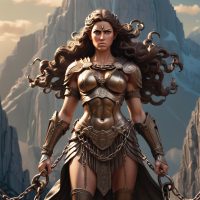
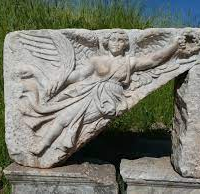
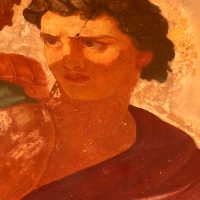
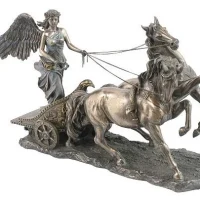






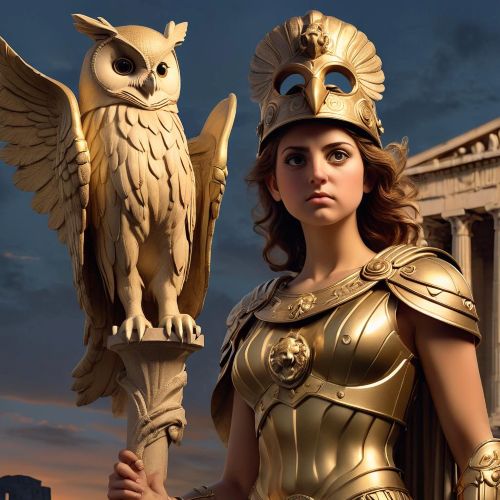

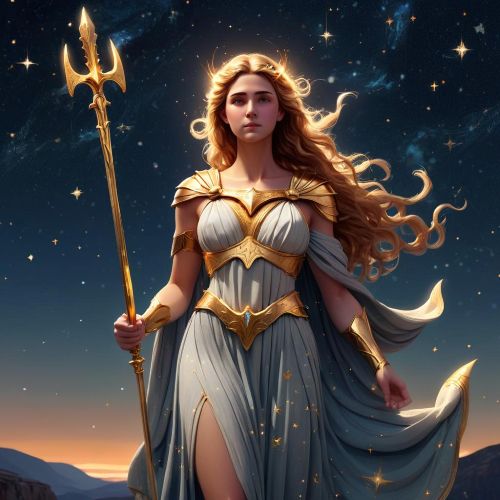
MIM
This was a fascinating read! I never knew much about Bia, the goddess of force, but the description of her appearance and role as Zeuss enforcer really stuck with me. Its intriguing how such a powerful figure remains relatively unknown compared to others. The connection to modern concepts of authority and coercion is very thought-provoking.